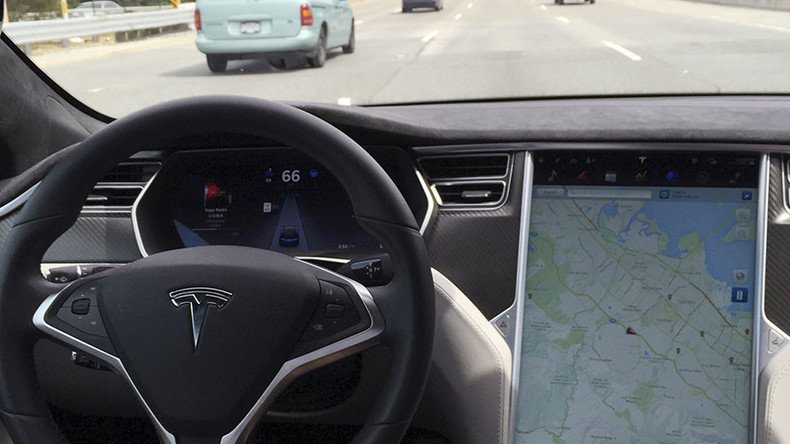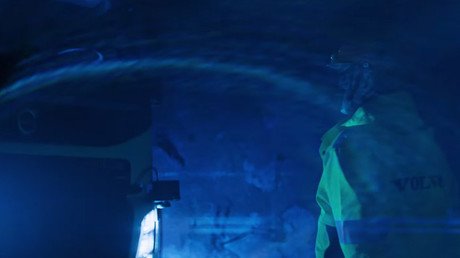Months after fatal smash, Tesla’s autopilot switches to radar sensor

Tesla CEO Elon Musk has revealed plans to upgrade the company’s autopilot software to focus on radar signals, in a move Musk claims could have prevented the first known fatality involving one of its self-driven vehicle last May.
Joshua Brown, 45, was killed in a crash in Williston, Florida while using the autopilot technology in a Tesla Model S in May.
Musk said it was “very likely” that the improved autopilot would have prevented the death of Brown, but warned that the upgrade won’t bring “perfect safety” to driving.
READ MORE: Federal gov’t opens investigation into first known Tesla Autopilot fatality
Musk told reporters on Sunday that the 8.0 software update will result in “a dramatic improvement in the safety of the system,” but added “perfect safety is really an impossible goal.”
“It’s about improving the probability of safety. There won’t ever be zero fatalities, there won’t ever be zero injuries,” he said.
The changes are expected to be rolled out in the next two weeks and delivered “over the air” to the semi-autonomous vehicles.
Upgrading Autopilot: seeing the world in radar https://t.co/WqJfyqpDXL
— Tesla (@TeslaMotors) September 11, 2016
Brown’s car drove under a tractor-trailer that had made a sharp turn in front of it before continuing off the road, striking fences and a power pole. Tesla said the vehicle had failed to brake automatically because the system couldn’t distinguish between the white trailer and the bright sky.
The National Highway Traffic Safety Administration is still investigating the crash.
A second accident involving the motor company’s autopilot mode that was reported in July is also under currently under investigation.
The updated system will temporarily prevent drivers from using the system if they do not respond to three audible warnings to take back control of the car.
Radar was added to all Tesla vehicles in October of 2014, but was only intended to be a supplementary sensor to the primary camera and image processing system. This new development will upgrade its use to a primary control sensor without needing the camera for visual confirmation.
Combined with fleet learning, the new development will be used to prevent “false positives.”
“When the data shows that false braking events would be rare, the car will begin mild braking using radar, even if the camera doesn’t notice the object ahead. As the system confidence level rises, the braking force will gradually increase to full strength when it is approximately 99.99% certain of a collision,” Musk explained in a statement.
Tesla notes this may not prevent a collision entirely, but should minimize the damage and injuries to occupants by significantly reducing the impact speed.
The software will be able to detect up to six times as many radar objects with the same hardware while generating more information about each object. It will also allow the car to assess the likelihood of a collision by comparing several radar snapshots against the vehicle’s velocity and expected path.
Overall, the new measures should result in the car hitting the brakes appropriately “even if a UFO were to land on the freeway in zero visibility conditions,” Tesla said.
This should also apply to situations when a vehicle in front is not clearly visible, such as in dense fog, as the radar signal can bounce off the vehicle ahead to prompt braking.













